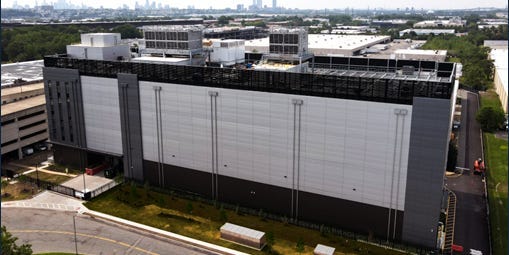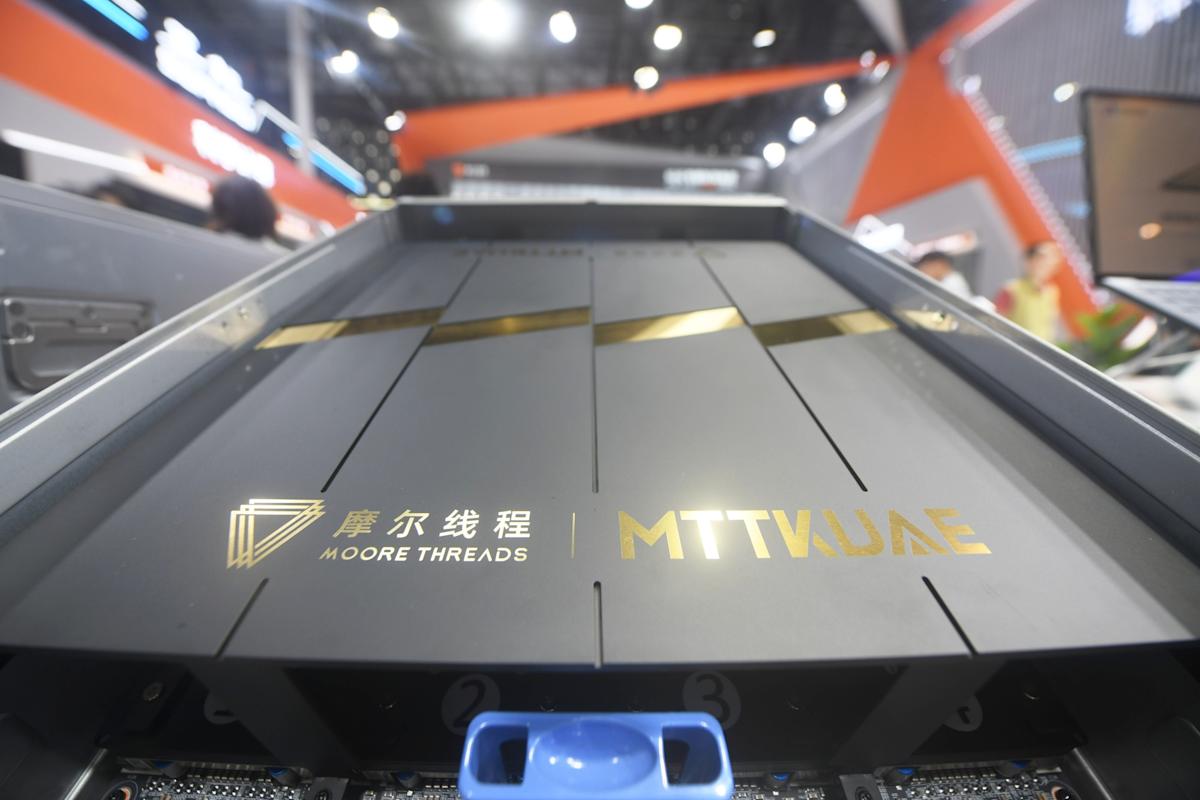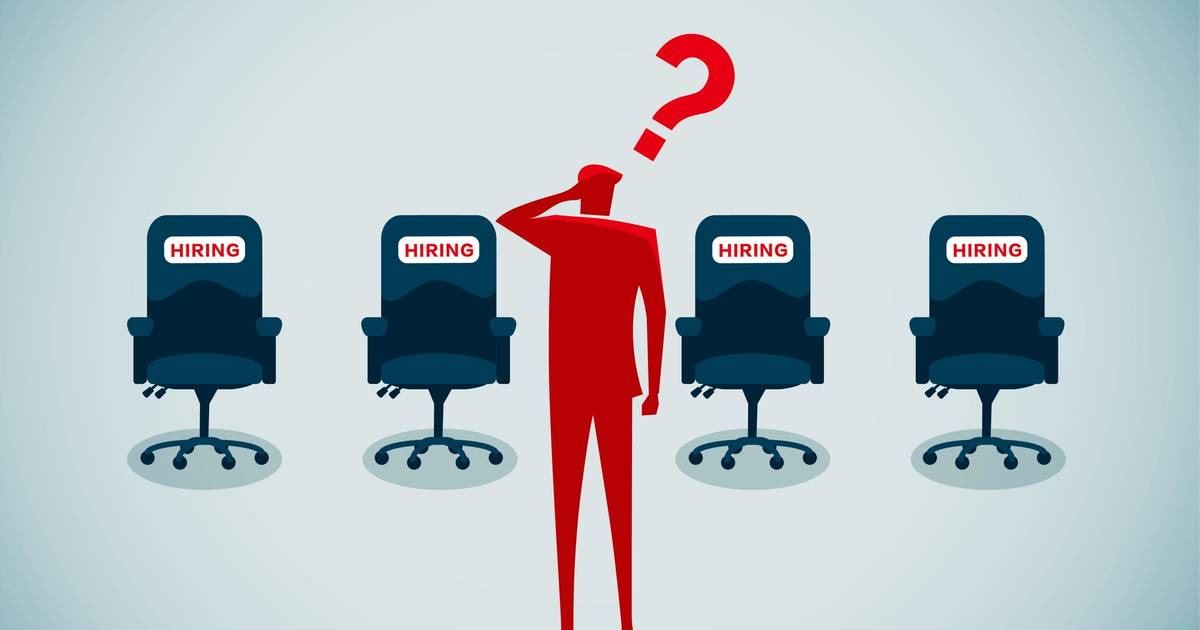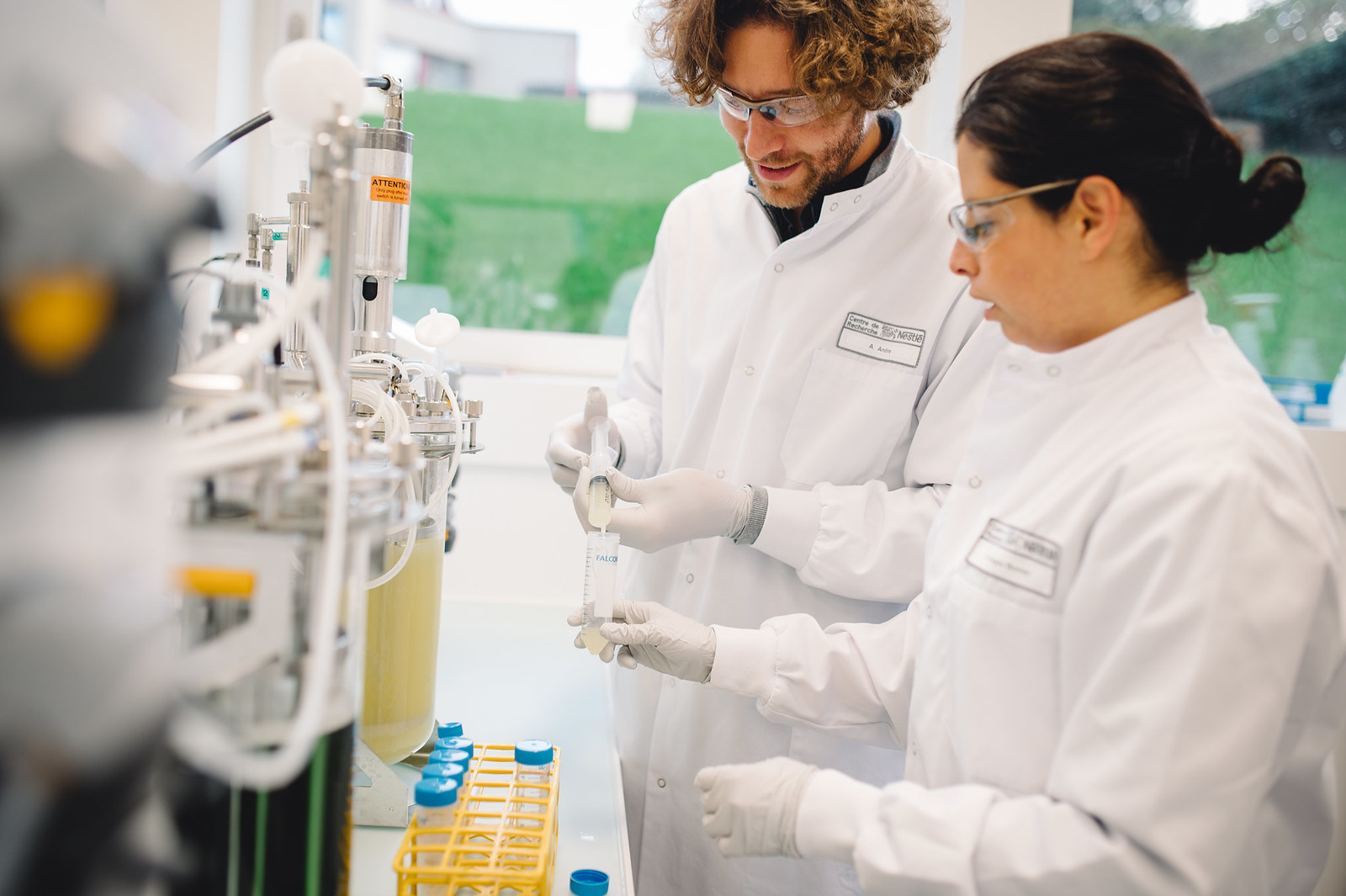There have been a number of conflicting theories about why the U.S. economy has weathered Donald Trump’s trade war. According to a leading economist, we can thank robust spending on AI.
Yet the massive investments companies have spent this year building their AI data centers could also be obscuring an uncomfortable truth about U.S. economic growth.
Torsten Sløk, senior economist at Apollo Global Management, believes spending on AI has been significant enough to mitigate the anticipated negative impacts of Trump’s tariffs.
“Even though the trade war remains a slight drag on growth, its impact is more than offset by tailwinds from the AI boom and industrial renaissance. Therefore, there is a growing risk that economic growth will accelerate again in the coming quarters,” Sløk wrote on his blog on Sunday.
The economist pointed to several factors that he believes explain why business default rates and consumer delinquency rates are trending down, which is generally a sign of broader financial health. All three are linked to the boom in AI spending and what Slok describes as an industrial renaissance:
- Uncertainty linked to the trade war has fallen sharply since its peak on Liberation Day.
- The current AI boom is driving a surge in AI data centers and the energy infrastructure they need, while stock markets continue to grow and drive consumer spending.
- A growing number of investors are beginning to recognize that the economy is entering the early stages of an industrial recovery that encompasses technology and automation, as well as other sectors.
“With nearly 200 factories completed since mid-2023 and a $590 billion pipeline led by more than $5 billion in megaprojects, advanced manufacturing is poised to become a sustainable growth engine for the U.S. economy with positive spillover effects for industrial real estate, private credit and employment nationwide,” he wrote.
While this is encouraging, there is also a pitfall. In a paper published in late September, Harvard University professor Jason Furman seemed to view the AI investment boom a little differently. The explosion in technology spending, he said, accounted for the overwhelming majority of economic growth in the first six months of 2025.
“Investments in information processing equipment and software represent 4% of GDP.” he said in a Message. “But it was responsible for 92% of GDP growth in the first half of this year.”
Jason Furman-X
According to Furman, without current levels of AI spending, overall growth would be significantly lower. This is worrying, especially for those who argue that the AI spending boom is unsustainable.
Other commentators have said the boom in AI spending may be hiding other problems. Analysts at Pantheon Macronomics estimated in a recent note that without AI spending, U.S. economic growth would be less than 1%. The latest estimate for third-quarter GDP growth from the Atlanta Fed is 3.9%.
At the same time, Deutsche Bank acknowledged that while technology companies do support markets and the economy, investors need to start asking key questions about what will happen when this spending ends.










